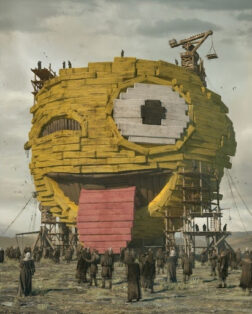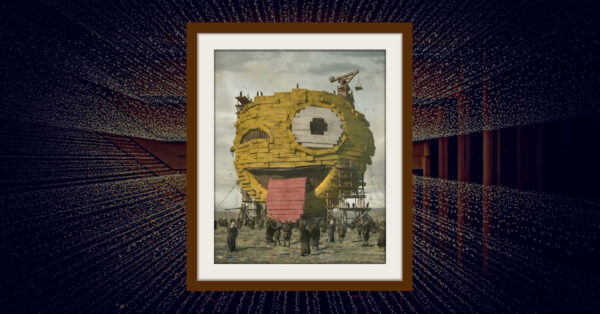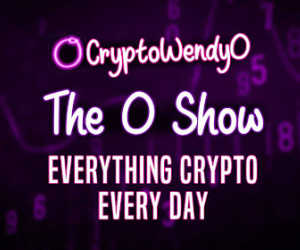What are they and what can they do? Why are some NFTs worth millions and why are many in crypto saying they are here to stay?
Non-fungible tokens – The latest trend in crypto that’s got big brands like Nike, the NBA, and Louis Vuitton taking notice, and William Shatner tokenizing his memories on the WAX blockchain… uh… what? Yes – digital trading cards of his favorite memories.
We hear about more and more institutions getting into NFTs almost every day, and you may have heard about Twitter CEO Jack Dorsey selling his first-ever tweet as an NFT for $2.9 million. These headlines grab attention and get people talking about the NFT space. Which brings us to our first use case.
Collectible NFTs
Collectibles are currently one of the most obvious applications for NFTs as everyone with a fanbase is jumping on the bandwagon. The NBA and NFL are looking at NFTs to create greater fan engagement. The “NBA Top Shots” card trading game has seen individual Top Shots sold for tens of thousands of dollars apiece.
"NBA Top Shot is one of the best demonstrations we’ve seen of how quickly new technology can change the landscape for media and sports fans… We're excited to follow the progress with everything happening on Flow blockchain…" – Kevin Duranthttps://t.co/XE1BCaxvGF
— NBA Top Shot (@nbatopshot) March 30, 2021
NBA Top Shot is crushing it. Five months in and the blockchain-based collectible platform has already handled more than three million transactions and $460 million in sales. NFT sports collectibles are here to stay.
Related: Amateur’s Guide to Aping NFTs
Time will tell how well all these NFT collectibles hold value. Just remember the market. When times are good, collectibles are rare. When times are tough, they tend to become more common.
NFT Art
The intersection between the worlds of art and crypto is redefining the concept of ownership in the digital age for savvy artists and collectors. The NFT allows these works and the original underlying code to be sold as unique, even if copies of these works are spread all over the internet.

An NFT is assigned by a blockchain clearinghouse, and attached to the digital artwork permanently, marked as original, official, and unique. That NFT allows a buyer to own the original artwork, even if copies of it exist.
Using NFTs in the Music Industry
NFTs in the music industry can take on many forms including ticket sales for concerts (virtual and physical), previews of unreleased songs, and more. For artists, NFTs offer the possibility of cutting out the industry’s middlemen and monetizing their work in new ways.
The rock group Kings of Leon recently dropped the first album ever as an NFT.
Gaming and Virtual Worlds
NFTs are already booming in the gaming industry. They allow in-game items to be tokenized and exchanged with peer-to-peer trading or in marketplaces. They make the gaming experience more rewarding as players have ownership of their digital assets. They are also creating an economy as players can earn money by developing in-game assets.
Documentation
Identity and qualifications can also be stored anonymously as NFTs. Your keys, your docs – prove you are over 21 without handing over your ID and exposing your address or other information you don’t want to give out. Licenses, all sorts of credentials, and even health records can be stored this way, only giving out the data in which you grant access.
NFTs Represent Real-World Assets
Tokenized real-world assets like real estate can be used as collateral in DeFi. However, the use of NFTs goes beyond collateral. We have the capability of representing more complex financial products. They can be insurances, bonds, or options. In insurance, each contract would be converted into an NFT, and these NFTs can then be traded on secondary markets.
For the “just jpegs” crowd, they will soon find out that smart contracts also work for NFTs and anything that can be done with a token can also be done with an NFT… and more!
Related: Fundamental Analysis Guide to NFTs
NFTs are finding themselves at the digital and real-world intersection for many industries, and we’re just scratching the surface. Much, much more to come…















